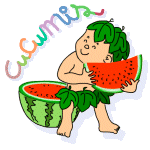Alkuperäinen kieli: Englanti
When a knife cuts the skin, the blood begins to escape from the broken blood vessel. After filling the space in the wound, it starts to run out on the surface of the skin. When the blood reaches the air, it begins to form a clot, and bleeding ceases. Within 24 hours, the blood vessels on each side, of the wound begin to develop tiny branches; they rapidly grow and enter the clot that fills the wound. Millions of long thin cells called fibroblasts appear. Their function is to bind the sides of the wound together. The two edges of the skin continue to grow until they meet in the middle and form a scab. When this falls off, the scar tissue can be seen as a purple line, which gradually turns white. This is the scar which in some cases marks the site of the wound for life and which does not have the elasticity of the skin.

